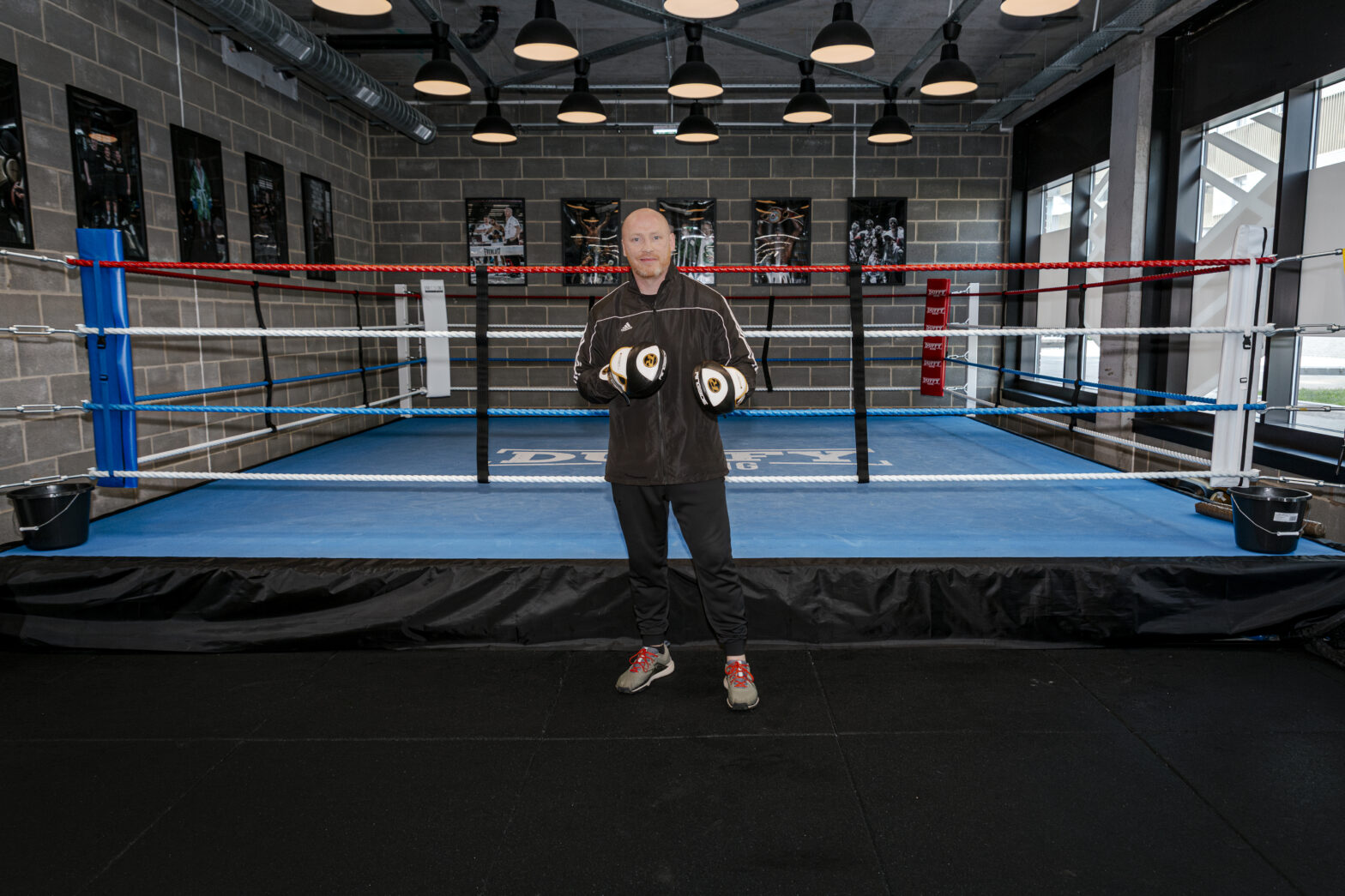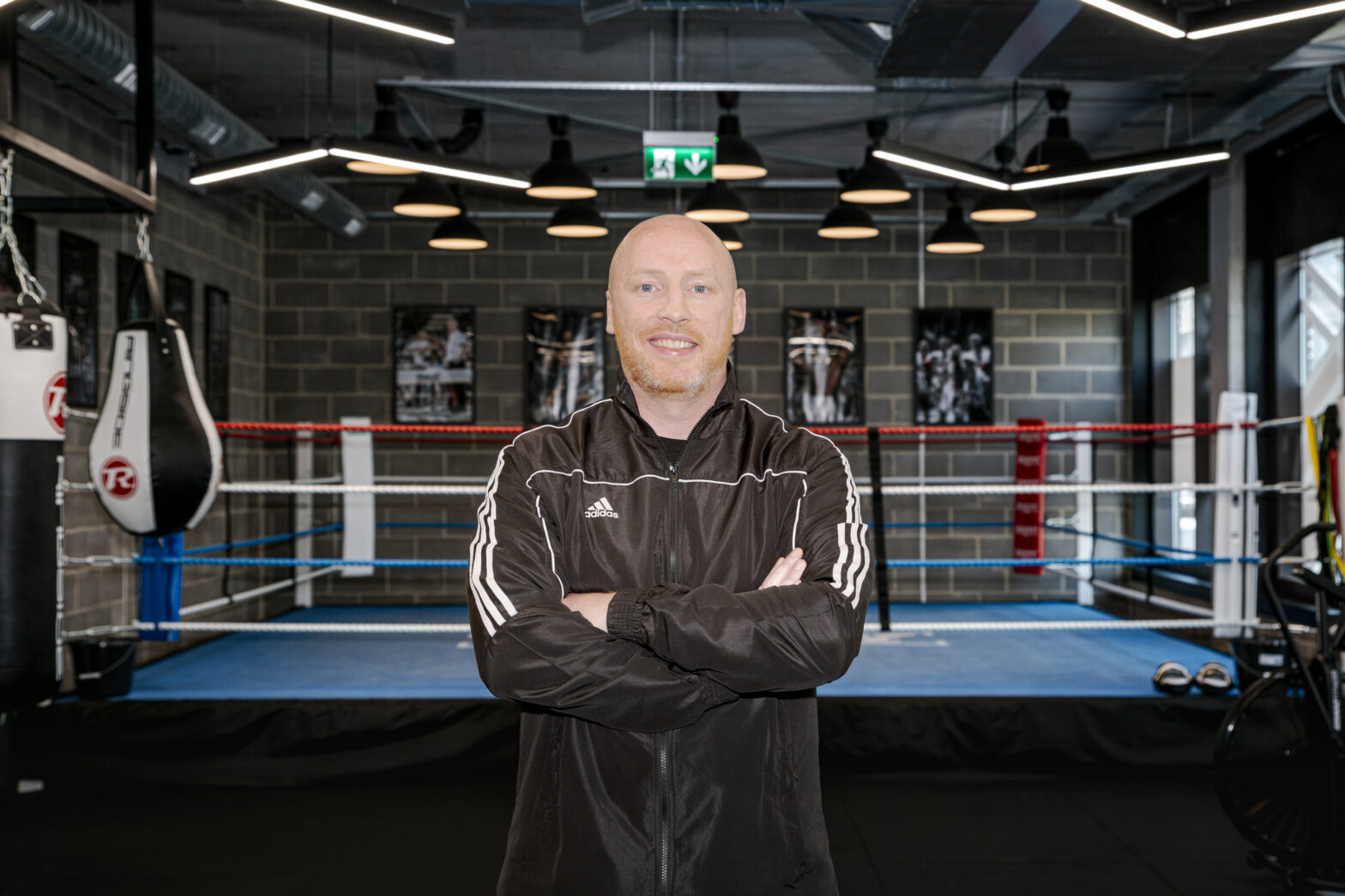We all understand the Golden Rule. “He who has the gold, rules.” It is the money person who is central to the sales process. No matter how much we discuss the idea of champions or other sales strategies, it all boils down to the Golden Rule. In the end the person with the money has the responsibility and ability to buy your product or service. Ignore the Golden Rule at your peril because no one ever gets the sale by forgetting the Golden Rule!
The Golden Rule also works great in life and gives us other ways to view sales cycles. There are slight variations to the Golden Rule; one of these variations is the Rule of Compromise. This works best with a spouse concerned with finances and family budgets. It is simple to implement. On any decision, you discuss and discuss all of the issues, and then your spouse makes the decision. This is the Rule of Compromise. In the end, the correct decision will usually get made and harmony remains. How does this fit with the Golden Rule? Well, the sales cycle is the same. You can discuss and discuss, but in the end the customers’ wishes always will prevail because the customer controls the gold. The easiest way to extract the gold is to create a unique and compelling product. Technology may allow you to do this, but you still have to convince the customer that they can not live without your new product. You must have a compelling argument or product and then convince them that the purchase is really “their” idea.
Another strategy is what I call the Rule of Two. It is like managing children. When faced with a difficult child, an easy strategy is to give the child a choice of two alternatives, both of which are acceptable to you. The child can then make a decision and will feel good about the situation, but you will control the process and get a solution that is acceptable to you. It’s pretty amazing the number of sales situations that call out for this strategy. Many sales people see this as providing the customer with options; actually in this case instead of a child it is the customer who you get to a position that is acceptable to the sales person. In any organisation (including a family unit), if the champion has a detractor they must overcome the detractor’s objections. The Rule of Two allows the champion to offer the detractor a feeling of self-esteem and ownership by letting them make a choice. So the Rule of Two allows you to position your product to the customer in such a way that they can select one of two options. For example, do they want a leased solution or do they want to buy using the special sales price that you have available on the product this month? In my business, the software business, we ask them if they want a crippleware test product or would they like to buy the product with a 90 day satisfaction guarantee? You really want to give the customer an easy choice! And the customer sees these as choices with little or no risk. In their mind low risk is affordable.
If it seems like we’re herding cats, it’s because we are! The sales process for all products in this economic climate is difficult. But, for a new high technology product, service or process, it is very much like herding cats. The best sales people can herd cats and manage more than one herd at a time. There are some recent applications where the cats herd themselves; e.g., tablet computers such as the iPad. In some areas like social networking, companies just spring out of nowhere; seemingly on buzz alone they go from zero to infinity in a single leap. This is because technology changes quickly and most of the time the people with the best technology can win the race almost every time. But, the race and the life span of the company may be short.
Whether you are selling a high tech product or the latest and greatest gadget at your local store you need to find the sales strategy that works best for you. Thinking about your sales strategy in abstract terms lets you refine and hone your ideas so that you are prepared when you see a need to tailor a sales strategy to a specific customer concern!
Kenneth J. Thurber, PhD, President and Founder of Architecture Technology Corp. Author – Big Wave Surfing: Extreme Technology Development, Management, Marketing and Investing www.bigwavesurfingbook.com




